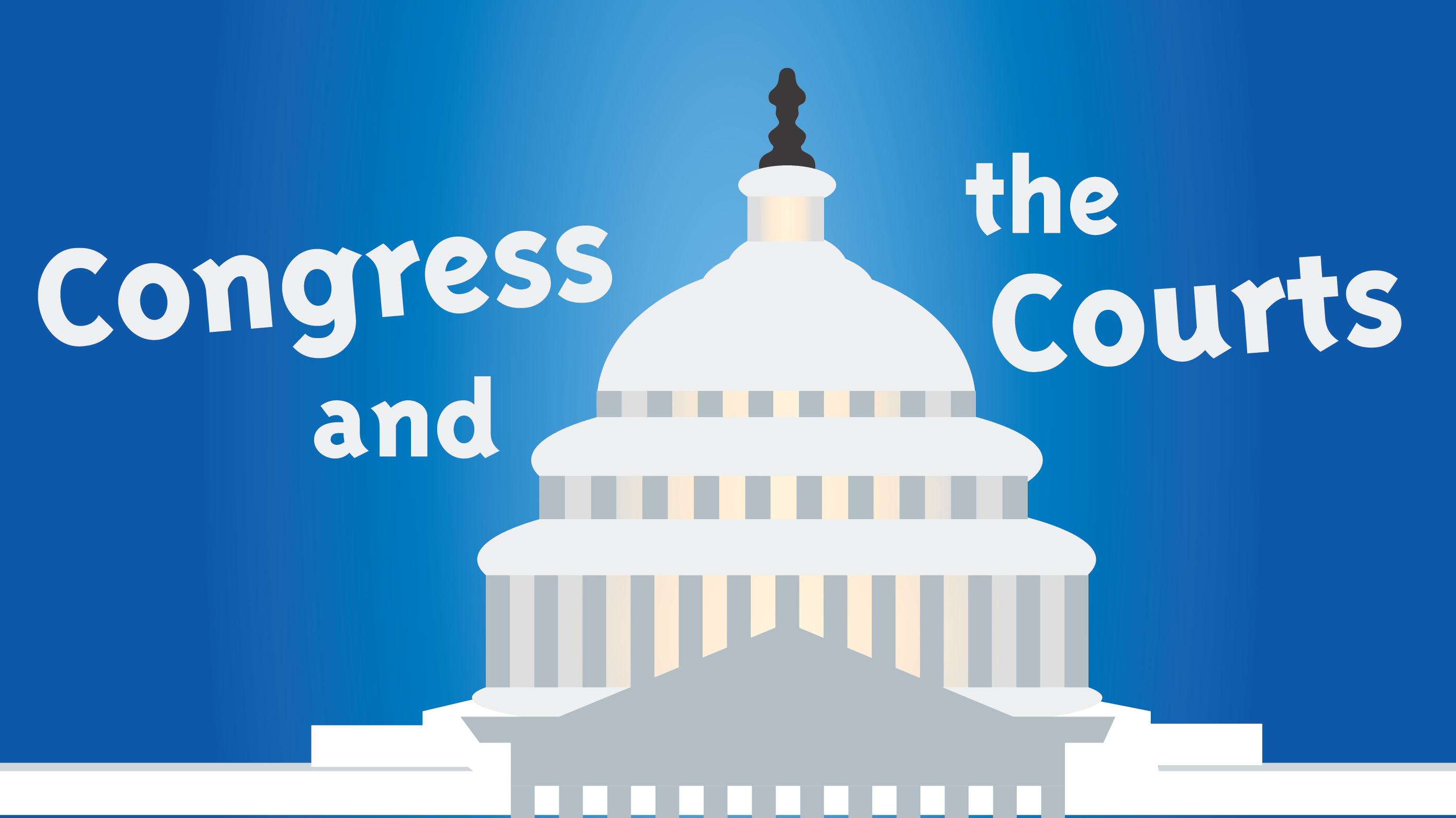
Gerrymandering and the Supreme Court
By: Connor McNairn, Columnist
On Oct. 2, the United States Supreme Court heard its first cases of the new term. The Court has been surrounded by drama and controversy for the past year. The addition of provocative Justice Neil Gorsuch to the Court, paired with the numerous contentious issues set to preoccupy the Court, will set the stage for a substantial new term. One of the most prominent issues currently being examined by the Court revolves around gerrymandering. Gerrymandering is the process through which state legislatures with partisan, political motivations redraw congressional districts (every 10 years per the census) to favor their own party. Before examining Gill v. Whitford – the current gerrymandering case before the court – it is necessary to articulate both the origin and application of gerrymandering as it pertains to political influence and constitutionality.
At first glance, the word “gerrymandering” does appear particularly odd. The term is derived from Elbridge Gerry’s notorious Massachusetts redistricting plan of 1812. Gerry, who was then governor of Massachusetts, signed into law a plan that would design electoral districts to specifically favor Republican representatives. The districting plan, which formed the shape of a salamander, blatantly packed Federalist votes into few districts and expanded the influence of Republican votes. Thus, because Elbridge Gerry established a partisan-driven districting process, and because the districts resembled a salamander, the term “gerrymander” was popularized.
Since 1812, gerrymandering has drastically impacted election and policymaking processes in the United States. Though both parties use the tactic to secure political influence, the Republican Party has been the key beneficiary since 2014. Republicans secured 31 out of 50 governorships and 68 of 98 state legislative chambers in 2014. Though these results were representative of general political sentiment throughout the United States, gerrymandering surely contributed to the Republican domination.
In the 2014 House elections, Democrats won roughly 1.4 million more votes than Republicans. That said, Republicans won 46 more seats than Democrats. The dissonance between Democratic voting tallies and ultimate Republican victories suggests that gerrymandering plays a substantial role in American politics. Voters should find this process reprehensible.
The aforementioned gerrymandering statistics properly introduce Gill v. Whitford. In Gill, gerrymandering processes in Wisconsin serve as the key focal point. In 2010, Wisconsin Republicans secured the governorship and a majority in both the state assembly and senate. After securing control, Republicans redrew district lines in 2011 to secure control for the foreseeable future. After the redistricting faced legal challenges on constitutional and statutory grounds, a federal court determined that the plan violated neither the “one person one vote” precedent established in 1960 apportionment cases, nor the Equal Protection Clause in the Fourteenth Amendment.
The challengers (plaintiffs) in the Gill case argue that Wisconsin gerrymandering is unconstitutional and dilutes the votes of Democratic voters within the state. In evaluating this case, the Supreme Court must focus on a variety of factors. First, the Court must scrutinize the decisions of the district court and determine their validity. Additionally, the Court must determine whether or not partisan gerrymandering is a justiciable issue. The Court last dealt with partisan gerrymandering in Vieth v. Jubelirer in 2004. In Vieth, the Court determined that political redistricting is “unlawful” but felt the federal courts were not responsible for solving the problem.
The Gill decision will greatly influence the future of gerrymandering and election processes within the United States. If the Court determines that this issue is justiciable and that the district court erred in its decision, partisan gerrymandering may very well meet its demise.
Simply put, gerrymandering is not a justifiable practice. In an era where democratic politics is already threatened by campaign finance laws, voter suppression, income inequality and much more, gerrymandering only further contributes to anti-democratic political sentiment. It is not acceptable for either political party to exploit its influence in efforts to undermine the votes of citizens. This process undermines the integrity of our democratic republic and further disarms the American voter.
Rather than allowing partisan state legislatures to draw district lines, the judiciary, alongside motivated American citizens, should push for universal bipartisan districting commissions. One other possible solution to gerrymandering is the use of technical, computerized programs which fairly create mathematical districts. The Gill decision will likely not flesh out a specific approach to solving gerrymandering; this will likely be a lengthy process. That said, the Court’s decision will ultimately provide a contemporary framework through which the country perceives the districting process.

